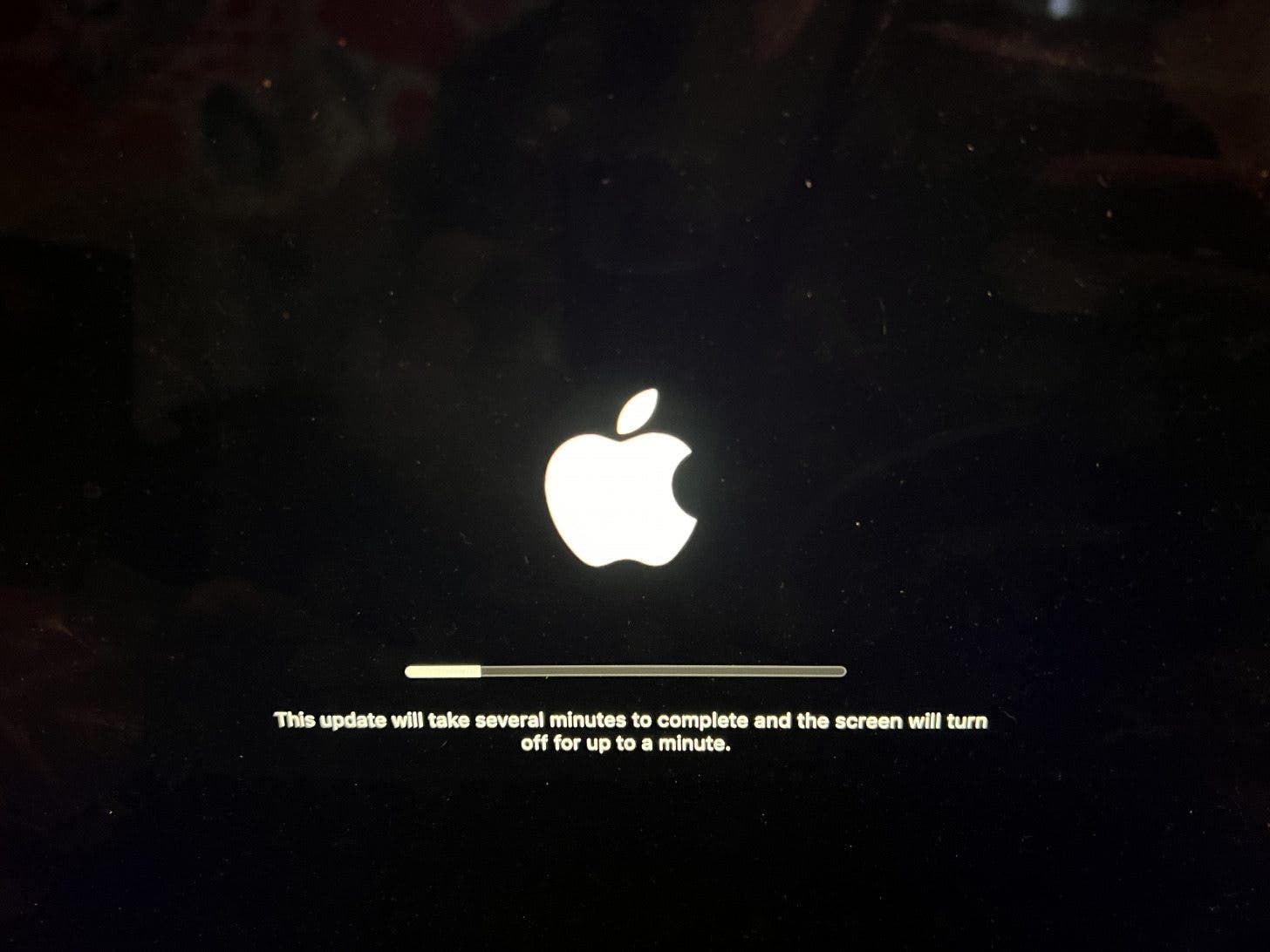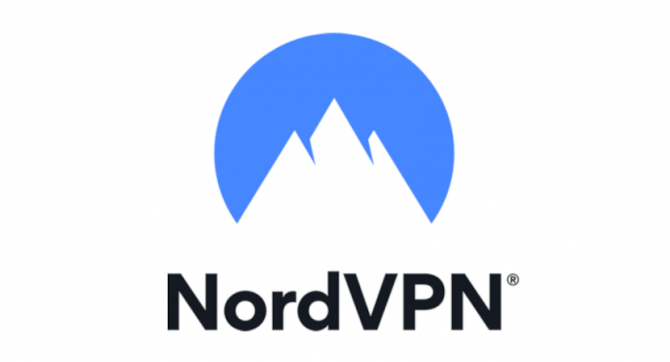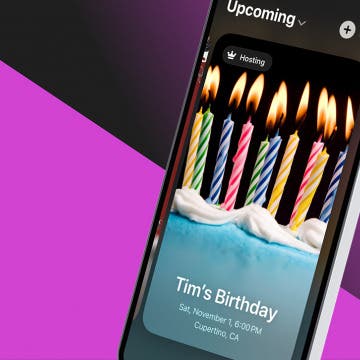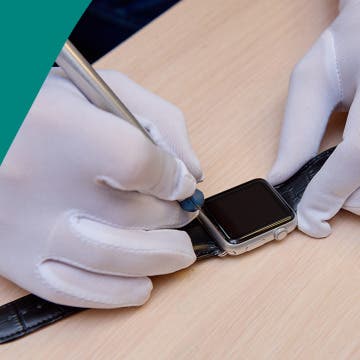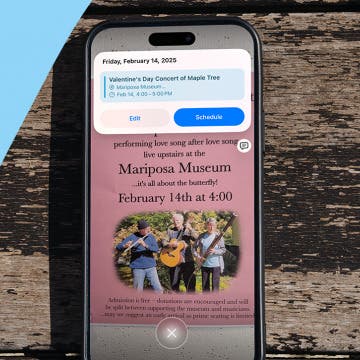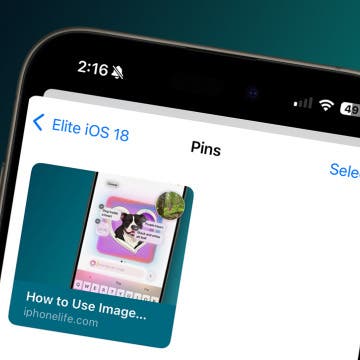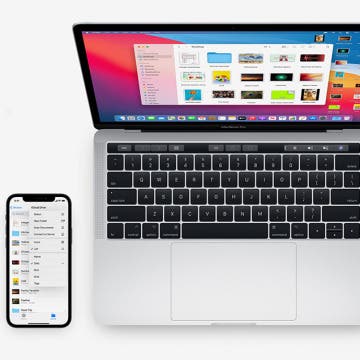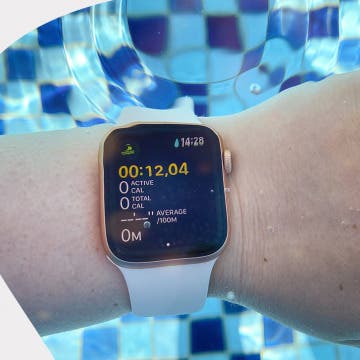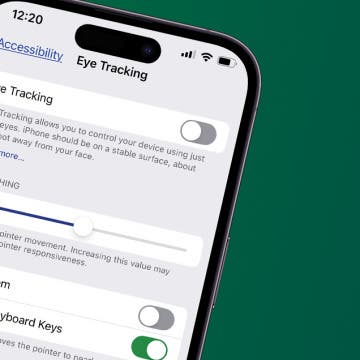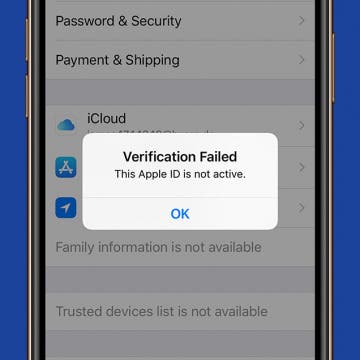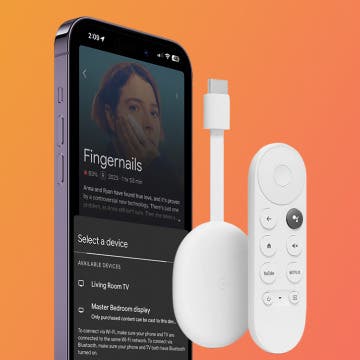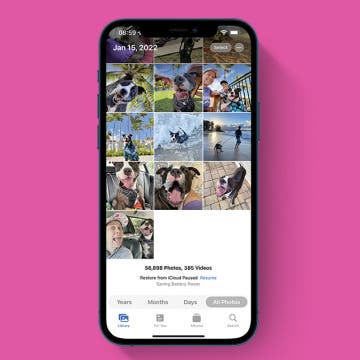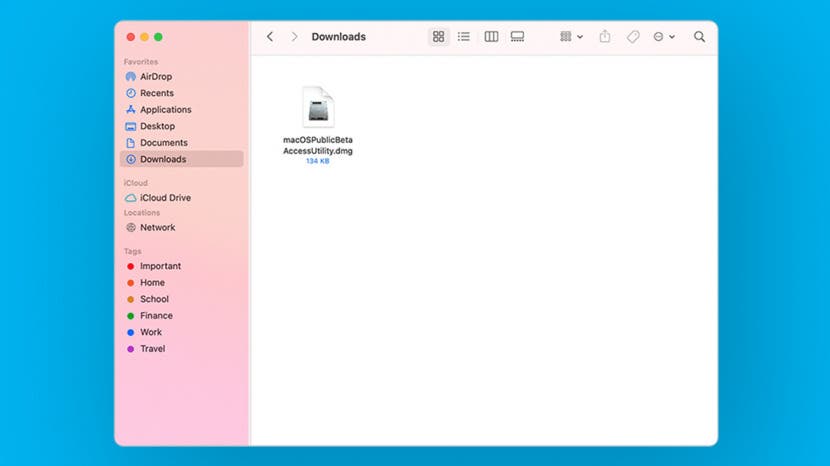
The macOS public beta will be available in July and it is full of exciting new features! The Apple Beta Software Program operating systems haven't been extensively tested, so if you download the macOS beta, you'll get a first look at all the new features but you'll also experience the glitches that come from unrefined software. If you'd rather not deal with a glitchy operating system, I'd recommend waiting for the finished macOS to be released. We'll cover macOS compatibility and how to install the newest version of macOS in the Apple Beta Software Program.
Related: How to Sign Up for the Apple Beta Program for iOS 16
Jump To:
- macOS Beta
- Is the macOS Beta Download Safe?
- Important Steps before Installing macOS Beta Software
- How to Sign Up for Public Beta Testing (macOS Ventura)
macOS Beta
The following devices are capable of downloading and running macOS Ventura. If you're wondering, "What MacBook do I have?" we have an article that goes over all the generations.

- Mac Studio (2022)
- Mac Pro (2019 and later)
- Mac mini (2018 and later)
- MacBook Air (2018 and later)
- MacBook (2017 and later)
- MacBook Pro (2017 and later)
- iMac (2017 and later)
- iMac Pro (2017 and later)
Is the macOS Beta Download Safe?
Now that Apple has showcased all its new software during WWDC, the anticipation may be too high to wait until the shipping versions are released in the fall. The good news is that signing up for Apple’s beta program is easy. But remember that macOS Ventura in this stage is Apple’s beta version software. So there are some pros and cons to consider before you join the Apple Beta Software Program.
Pros:
The best part? You don’t have to wait until macOS Ventura is released to the public! That means you’ll be able to see and immerse yourself in the best new features first. You will also have a Feedback Assistant app on your Mac. This app allows you to report any issues or bugs in the software directly to Apple.
Cons:
Of course, the public beta is how Apple works out as many issues and bugs in the software before it's officially released, which means you’re the one experiencing those bugs and bringing them to Apple’s attention. The potentially glitchy software poses a risk to your data, which means it is very important to do a full backup before downloading any of the beta software.
My Take:
Overall, I really prefer not to install beta software, which poses a potential risk to my data and device functionality. Resolving these issues can become time-consuming and I'd rather avoid the process altogether. However, if you enjoy being the first to try new things, you'll love being a beta tester. But if you don't like debugging your computer and troubleshooting issues, you'll likely hate it.
Important Steps before Installing macOS Beta Software
- Create a full backup of your data. To do so, you can either back up your Mac to Time Machine or to an external drive.
- We also recommend that you either install the beta software on an external hard drive or create a partition on your Mac's hard drive and install it there.
The benefit of creating a partition on your Mac is that it will keep your previous software version in place and make it easy to switch back and forth. The downside is that you do have to carefully follow the instructions when resizing and changing partitions on an existing drive, otherwise you risk losing data. For this reason, we recommend installing the software on an external hard drive as a slightly safer option.
How to Sign Up for Public Beta Testing (macOS Ventura)
Once you've completed the steps above, you can begin the Apple beta download. Also, make sure to plug your device into power and make sure you're connected to Wi-Fi or a stable, wired internet connection.
- Visit the Apple Beta Program page and click Sign In if you already have an account, or Sign up if you don't.
![Visit the Apple Beta Program page and click Sign In if you already have an account, or Sign up if you don't.]()
- You’ll be prompted to sign in with your Apple ID and password.
![You’ll be prompted to sign in with your Apple ID and password.]()
- You may need to confirm that you trust the device. This requires clicking Allow, typing in the code you see, then clicking Trust.
![You may need to confirm that you trust the device. This requires clicking Allow, typing in the code you see, then clicking Trust.]()
- You'll be taken to a Guide for Public Betas. Scroll down, and under Get Started, click enroll your Mac.
![You'll be taken to a Guide for Public Betas. Scroll down, under Get Started, click enroll your Mac.]()
- You'll be reminded to back up your Mac. If you haven't already done this, you should definitely do it now. If you don't, you may lose data so please don't skip this step.
![You'll be reminded to back up your Mac.]()
- Click Download the macOS Public Beta Access Utility.
![Click Download the macOS Public Beta Access Utility.]()
- Select a location on your Mac to save the file and click Save.
![Select a location on your Mac to save the file and click Save.]()
- Double click to open the downloaded Public Beta Access Utility package.
![Double click to open the downloaded Public Beta Access Utility package.]()
- Double click again on the file.
![Double click again on the file.]()
- If you didn't use Time Machine to back up your Mac, you'll see this message. Click OK.
![Click OK.]()
- Click Continue.
![Click Continue.]()
- Next, you'll see the software license agreement. You can change the language at the top, print it out, or save it. When you are ready, click Continue.
![Click Agree to accept the terms of agreement.]()
- If you wish, review the license by clicking Read License, then click Agree.
![Click Agree.]()
- Click Install.
![Click Continue.]()
- You'll have to enter your Mac password, then click Install Software.
![You'll have to enter your password.]()
- Now you'll see a notification with a blue line indicating download progress.
![Now you'll see a notification with a blue line indicating download progress.]()
- Once the new operating system is finished downloading, tap Update Now.
![Once the new operating system is finished downloading, tap Install Now.]()
- Click Agree.
![Click Agree.]()
- If you don't have enough space for the download, you will see this pop-up. Don't worry, the actual update will not take up this much space on your computer, but you will have to free it up in order to update your software. You can get tips on clearing up Mac here. Click OK.
![Click OK.]()
- A window comes up that informs you you'll need to restart your device; tap Restart.
![A window comes up that informs you you'll need to restart your device; tap Restart.]()
- Your Mac will display a black screen with the Apple logo and a progress bar; the device will reset once the update completes.
![Apple logo]()
- You may notice a new app called Feedback Assistant in your Dock. If it's not there, you'll find it in the CoreServices folder (there should also be a shortcut in the Beta Utilities folder). This is where you can report bugs and glitches to Apple. Accept the terms, sign in with your Apple ID, and you're good to go!
![You may notice a new app called Feedback Assistant in your Dock.]()
Welcome to macOS Ventura! Hopefully, you'll have a smooth experience and a fun time testing of new features. However, if you do find that the software is glitchy, you always have the option to unenroll and restore your Mac. If you do enroll, don't forget to update whenever possible to help fix bugs.




















